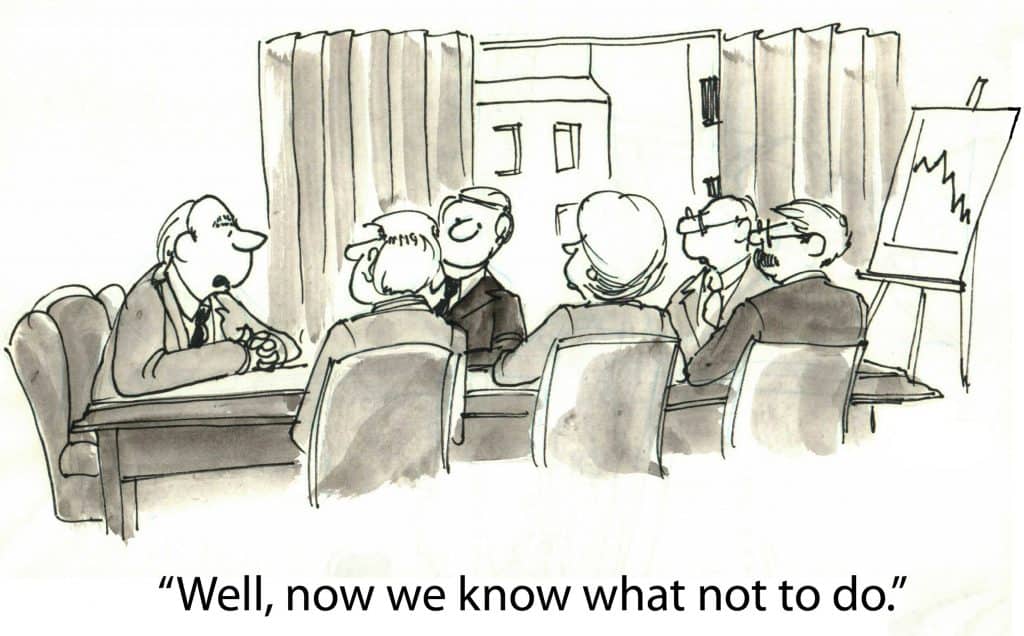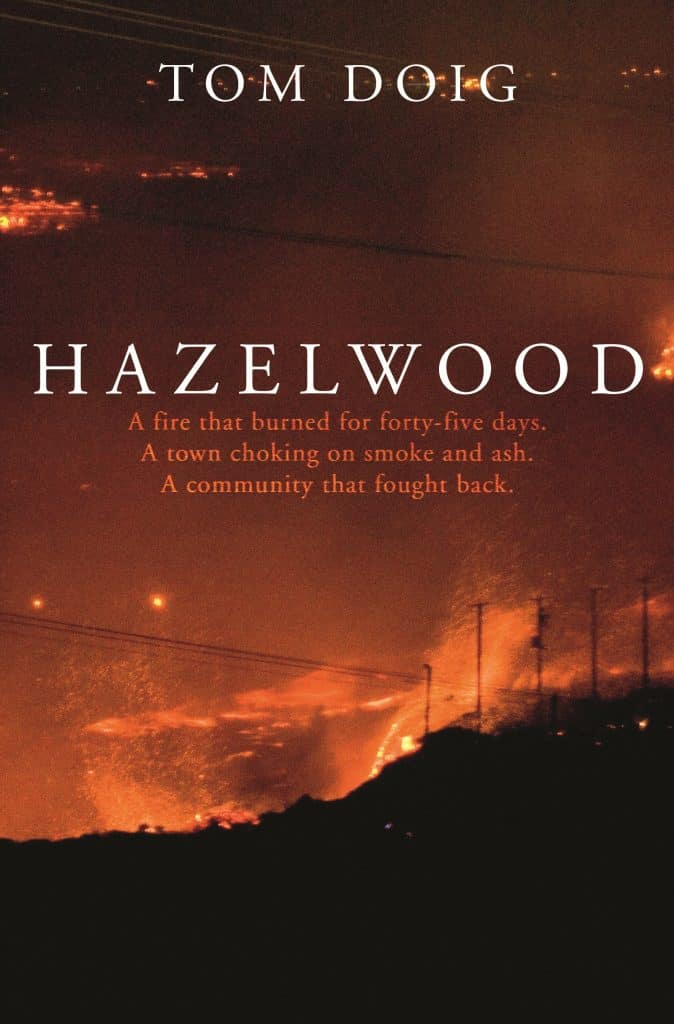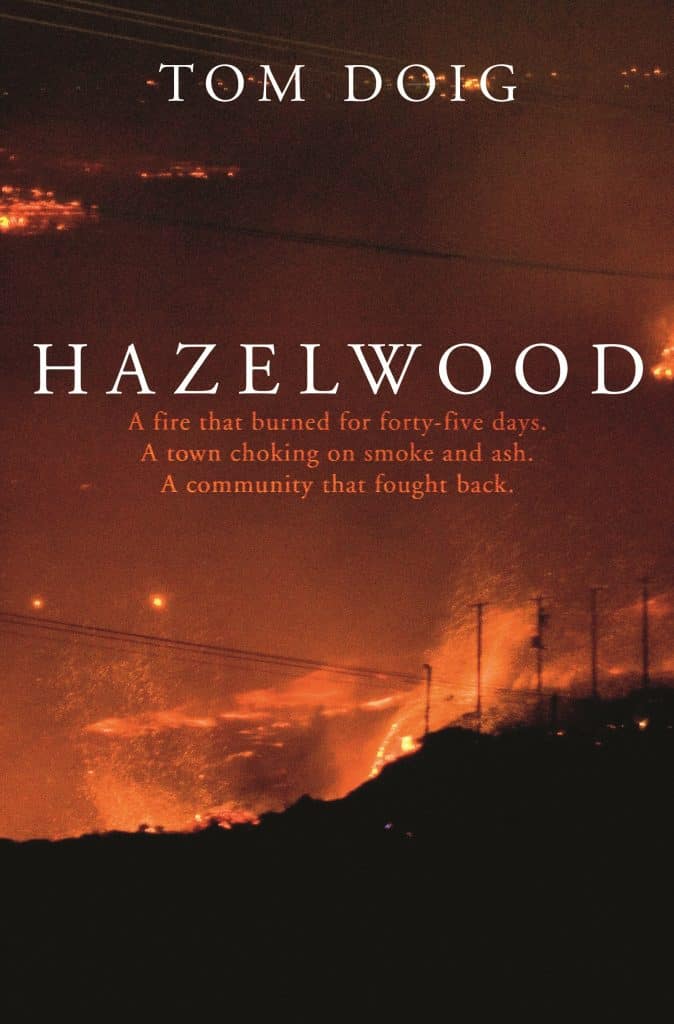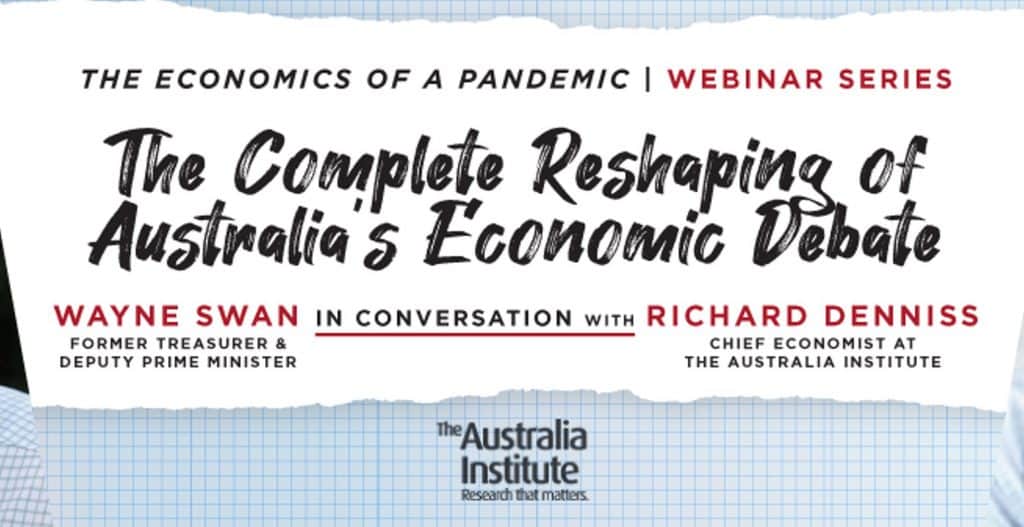Environmental Social Governance (ESG) initiatives are receiving a shellacking at the moment, with many of the same arguments raised against ESG’s related concept several years ago, Corporate Social Responsibility (CSR). Part of the reason these concepts are vulnerable to this criticism is that they originate from traditional managerial thinking. The local role of occupational health and safety (OHS) is all but ignored in the ESG discussion, and yet it could add some much-needed clout.
Governance consultancy, Diligent, has released a well-intentioned whitepaper that illustrates the point.





